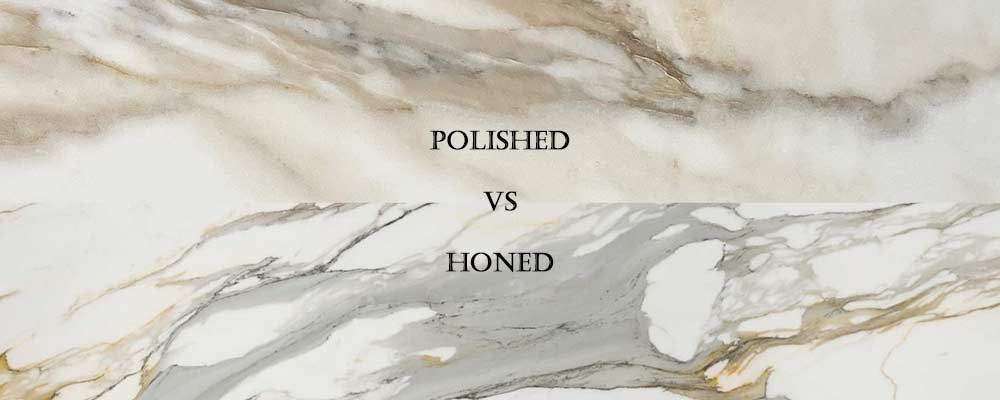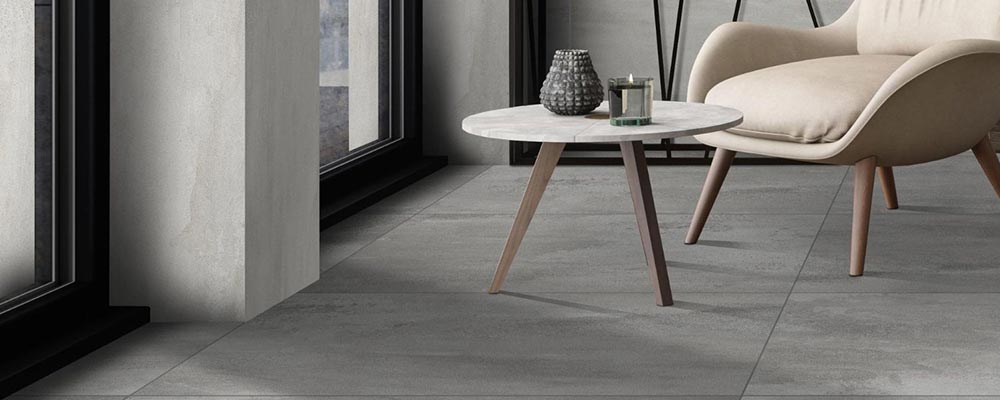You must have heard that tiles and ceramics need special care so that their beauty and elegance do not disappear over time. With very simple basic care, you can maintain the beauty of ceramics for a very long time. One of these principles is to clean the ceramic regularly. In this article from the Miko ceramic brand, we discuss the basic points in cleaning porcelain ceramics. Be with us.
Before any action to clean and clean ceramics, you should check a few issues well. In order to avoid serious injuries and wear; You must know the basic principles of cleaning.
Each type of stone requires special care.
First of all, it is better to know that knowing the type of ceramic in question is very important. There are different types of ceramics. In the following, we discuss two of the most famous and common types of ceramic coating.
– Common types of ceramic coating:
One of the types of ceramics is polished ceramics. This ceramic has a shiny surface and reflects light well. In addition to this, there are other surfaces known as “hand” that reflect light less. This type is mostly used for floors, stairs, and other high-traffic surfaces.

Well, it’s better to go back to how to clean ceramic surfaces. First of all, you should know that there are many dos and don’ts for cleaning ceramics. First, let’s talk about what you need to do.
Ceramic cleaning – what to do:
Dust the surface regularly.
Protect floor surfaces with rugs and surfaces under table bases with coasters, pebbles, or rugs.
Clean ceramic surfaces with a mild detergent or special stone soap.
After washing, rinse the surface thoroughly with clean and clear water and be sure to dry it.
Clean up any stains immediately after they form.
Ceramic cleaning – what not to do:
Do not use vinegar, lemon juice, or other acid-based cleaners on marble, limestone, travertine, or onyx surfaces.
Do not use cleaners that contain acid, such as bathroom cleaners or tub and tile cleaners.
Do not use abrasive cleaners such as dry cleaners or soft cleaners.
Do not mix bleach and ammonia. This combination creates a poisonous and deadly gas.
Never mix chemicals unless the instructions specifically tell you to do so.
Do not use worn vacuum cleaners. Metal or plastic fittings or wheels may scratch the ceramic surface.
Take daily cleaning methods and recommendations seriously.
Cleaning various ceramic surfaces
– Ceramic slab counter and table surfaces:
To clean the slab of the kitchen counter or table, you must follow many points. Clean the ceramic countertop with a few drops of neutral detergent, rock soap (such as special Litofin products) or dishwashing liquid and warm water.

For best results, use a clean soft cloth. A cleaner or soap that is too strong may lead to stains and cracks as well as abrasion. Do not use products that contain lemon, vinegar or other acids on marble or limestone. Do not use washing powders or creams. These products contain abrasives that may scratch the surface.
– Ceramic floor surfaces:
Dust indoor floors regularly using a clean, dry dusting cloth. Sand, dirt and gravel cause the most damage to ceramic surfaces due to their abrasiveness. Mats or rugs inside and outside the entrance help reduce sand, dirt and grit.

Of course, it is very important that the bottom surface of the mat or carpet is non-slippery. Common maintenance of these surfaces includes periodic washing with clean water and neutral detergents (pH 7).
– Ceramic surfaces of the bathroom and other wet areas:
To remove foam from bathroom ceramics, you should use a non-acidic cleaner or a solution of ammonia and water (about half a cup of ammonia to a gallon of water). Remember that frequent or excessive use of ammonia solution may eventually tarnish the ceramic surface.

– Talking ceramic surfaces of outdoor pool and patio:
In outdoor pools, patios, or hot tub areas, you should rinse with clean water and use a mild bleach solution to remove algae or moss.

Maintenance of exterior ceramics
Unfortunately, due to the difficulty of cleaning the external ceramic surfaces of the house, these points are cleaned late. Of course, it is better to clean these surfaces periodically to prevent the accumulation of dust and pollution. Be sure to use the right detergent products.
General instructions for stain removal
Wipe off any food or soft dirt from the surface immediately.
Wiping the area with a dry tissue may cause the spill to spread.
Wash the area with plain water and mild soap and rinse several times.
Dry the area thoroughly with a soft cloth.
Repeat these steps if necessary.
If the stain still persists; Avoid any arbitrary action and seek help from experts.
Source

